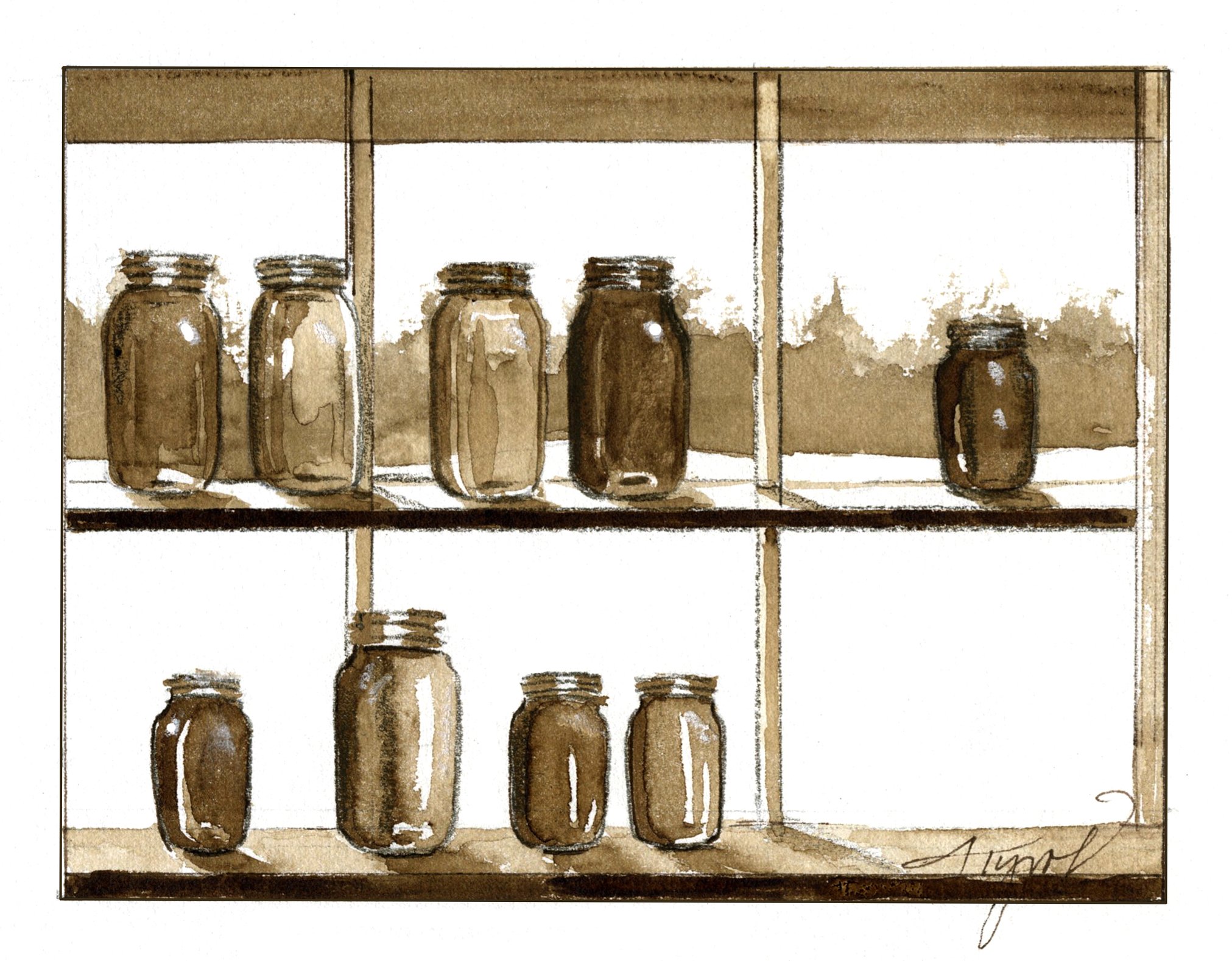Maple sugaring adapts to a changing climate
March 13, 2024 | By Michael J. Caduto | The Outside StoryIllustration by Adelaide Murphy Tyrol
Boiling maple sap into syrup is a time-honored tradition in the Northeast, to the olfactory delight of anyone who has spent time in a steamy sugarhouse while inhaling the sweet maple scent of the season. It used to be that trees were tapped in late March, and evaporators in sugar houses fired up in early April. In recent years, however, both the timing and management of sugaring season have shifted to match the earlier onset of sap flow in the trees.
“For the last five years, we’ve been tapping earlier than we ever have. The season still lasts as long as it has, but we’re setting taps about a month earlier than we used to, and finishing up two to three weeks earlier,” said Curt Allen, manager of Spring Brook Farm in Reading, Vermont.
“In the early 1980s to 2000s, we wouldn’t tap until well into March, and the sugaring season lasted well into April,” Allen said. Now they tap trees starting in early February and complete the sugaring process by early April, when maple buds begin to swell and the flavor of the sap changes, he explained.
This mirrors trends seen over a broad geographic area by researchers at the University of Vermont’s Proctor Maple Research Center in Underhill Center. According to Extension Maple Specialist Mark Isselhardt, data gathered from maple producers from the 1960s through the early 2000s revealed that by the end of that span of years, the sugaring season was arriving one to two weeks earlier, and the duration was about 10% shorter.
Milder temperatures, drastic weather events, and changes in growing conditions are impacting maple sugaring in myriad ways. Optimal sap flow occurs when temperatures are in the 20s at night and rise into the 40s during the day. “The immediate threats are the weather and its influence on the number of ideal sugaring days,” Isselhardt said. “Some of the colder sugarbushes are probably going to weather the changes better.”
Isselhardt also noted that “natural disturbances, extreme wind events, heavy rains, and drought throughout the year” have an impact on tree health. “Unnatural disturbances can be accentuated by extreme weather like the severe precipitation we had in December of 2023,” he said. “The western side of the Green Mountains had 80- to 90-mile-per-hour gusts and people lost crop trees. These trees are perennials that have been growing, in some cases, for 200 years.”
The particular conditions that trees experience as a stretch of cold weather sets in can have a profound impact on how they respond. “The way a tree goes into a freezing event can dictate how much sap is taken up into the tree,” Isselhardt said. “A long, slow freeze and a tree will take up more sap into the tree. A short, quick freeze, there is less time for an uptake.”
Abnormally high late-winter temperatures, such as we saw in 2012, and to a lesser extent in 2021, can stop sap flow abruptly. Under these conditions, producers have fewer days in which to produce their crop of syrup. “Ten to 20% percent of your annual crop can be impacted by one or two big events,” Isselhardt continued.
Sugaring operations are also responding to the changing environment by adopting new technologies. These include vacuum pumps, which allow sugar makers to harvest more sap per tree; reverse osmosis, which concentrates the sugar in the sap before boiling; and more energy-efficient evaporators.
“We used to get about a quart of syrup per tap, but because of vacuum pumps we’re now getting about half a gallon of syrup per tap,” Allen said. With these new systems, Spring Brook Farm has been able to reduce the amount of wood burned by two-thirds while still increasing syrup production.
In an age of shifting climate, the old adage of “time waits for no one” applies even to venerable rural traditions such as maple sugaring. The relatively rapid transition being made to the earlier timing and unpredictable nature of the sugaring season reveals how farmers are acclimating to our increasingly capricious environment.
Michael J. Caduto is a writer, ecologist, and storyteller who lives in Reading, Vermont. He is author of “Through a Naturalist’s Eyes: Exploring the Nature of New England.” The Outside Story is assigned and edited by Northern Woodlands magazine and sponsored by the Wellborn Ecology Fund of the New Hampshire Charitable Foundation.

